As a follow-up to each subscriber playlist, I record a short podcast that breaks down one of the playlist’s songs and explains why I included it. I explore the song’s history and influence, how I first heard it, why it’s continued to stick with me over the years, and/or its place in the playlist.
For this episode, I’m breaking down The Cure’s “A Letter to Elise,” which originally appeared on Wish (1992, Fiction/Elektra)
This song was featured in the October 2021 subscriber playlist, “My High School Soundtrack.”
Transcript
I suspect that among Cure fans, I am far from alone when I say that I discovered the band because of a girl. My friend Leah gave me a copy of The Cure’s Wish as a gift on my sixteenth birthday, dubbed onto a battered black cassette with handwritten liner notes. I would listen to that cassette almost daily throughout high school, so much so that I’m surprised and amazed that it didn’t melt in my Walkman.
I discovered a lot of great bands in high school, many of whom I still listen to, including Depeche Mode, Nine Inch Nails, Joy Division, Dead Can Dance, and My Bloody Valentine. But above them all reign The Cure. Nobody spoke to me in my alienated angst better or more clearly than Robert Smith.
Yes, The Cure’s songs can certainly be dark and gloomy, filled with a delightfully unbearable amount of melancholy. And I have definitely not outgrown my high school self’s ability to find joy in indulging in the band’s gloominess. Very few bands make me happier to mope around than The Cure.
“A Letter to Elise” is about as mopey as a Cure song can get, a tale of unrequited love inspired by Franz Kafka’s own desperate love letters. Robert Smith sings of “aching looks and breaking hearts” and about promises breaking and make-believe running out. The song grows increasingly despondent with each passing line as Smith ruminates on the ways his love has failed to be what he hoped it would be. But by the song’s end, he’s stuck, still longing for something deeper and truer that he knows he’ll never have.
There’s a theatrical elegance to the song’s despair that I find deeply affecting, and dare I say enjoyable, even now as an adult. So imagine how much my high school self, already feeling out-of-sorts and alienated, and beset by all manner of unrequited crushes (mainly because I was too nervous to actually tell any girl how I felt outside of awful poetry), latched on to the song?
I can’t even being to count how many times I listened to “A Letter to Elise” (and promptly rewound the tape so that I could listen to it again), whether on the bus rides to and from school or in the privacy of my bedroom. But the song, along with the rest of Wish, tapped into something. At one of the most awkward periods of my life, filled with hard-to-understand emotions that were frightening precisely because of how big they were, The Cure stepped in, and they understood.
As Trent Reznor put it in his speech inducting The Cure into the Rock and Roll Hall of Fame, “I felt a lot of the darkness that I felt in my head coming back at me through the speakers, and it blew my mind. It was like this music was written just for me… Hearing this, suddenly I felt connected, no longer quite so alone.”
I’m now a happily married man in my mid-forties, far removed from the tumult of high school. But if I’m honest, I still feel alienated and out-of-place a lot of the time, like I don’t quite fit in. When I listen to “A Letter to Elise,” I feel the tidal wave of emotions all over again: the beautiful heartache, the sweet melancholy. But even better, I know I’m not alone in my mopiness. Robert Smith is still there, and he still understands.





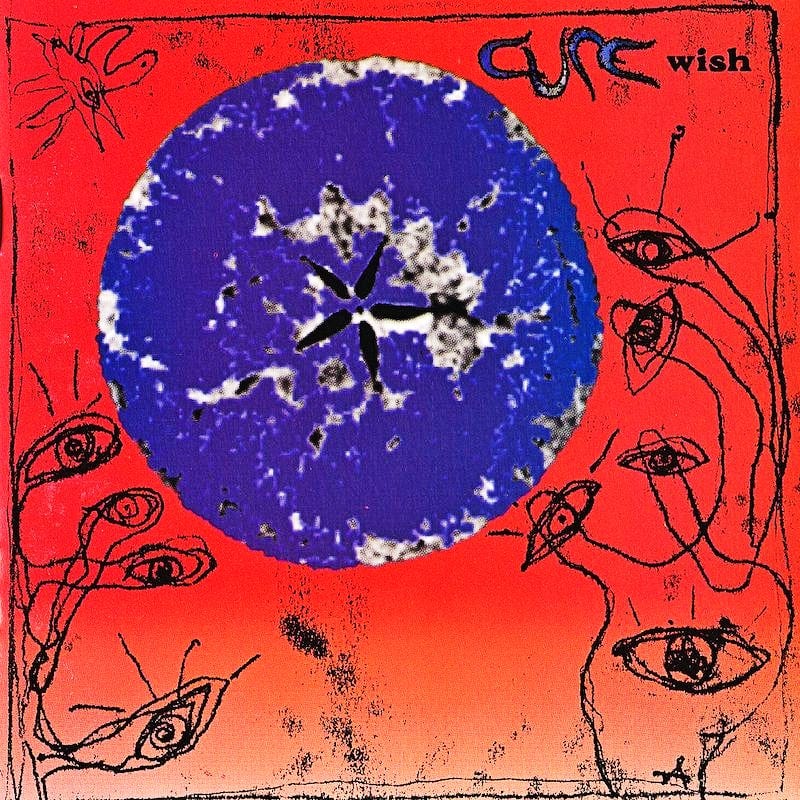

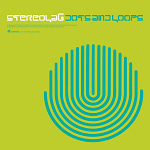
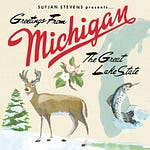
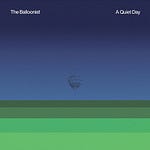




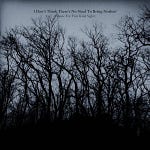
Share this post